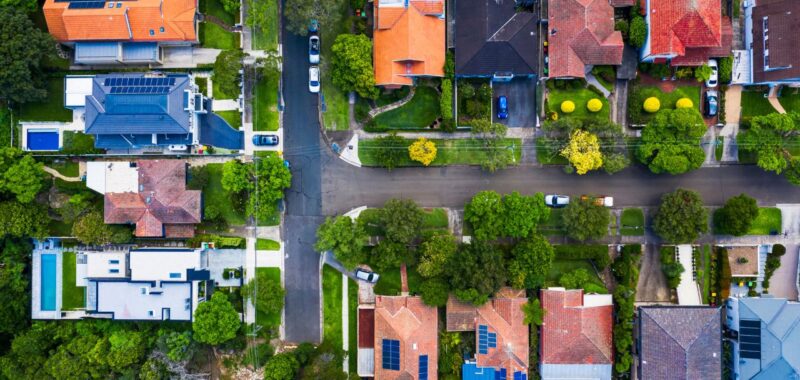Ray White Group Chief Economist, Nerida Conisbee, said the national housing market remains firmly in growth territory despite varying conditions across different regions.
“The national housing market continues to be in growth territory, with house prices rising by 0.3 per cent month-on-month to reach a national median of $912,551, representing an annual growth rate of 5.6 per cent,” Ms Conisbee said.
“The unit market similarly saw positive movement with prices increasing by 0.3 per cent to $681,635, delivering an annual growth rate of 4.9 per cent.”
Ms Conisbee said that while February’s interest rate cut has contributed to an uplift in sentiment, it’s just one of several key factors driving the continued price growth.
“The market recovery actually began in January, before the rate cut was implemented, indicating that structural factors were already exerting significant influence, as well as home buyers pricing in the rate cut before it was implemented,” she said.
According to Ms Conisbee, the persistent undersupply of housing remains the most fundamental driver of price growth across the country.
“The rate cut provides additional support by enhancing buyer borrowing capacity and reducing mortgage payments for existing homeowners, but the moderate increase in monthly growth from February to March likely reflects the combined effect of all these factors rather than monetary policy alone,” she said.

Regional performance continues to vary significantly, with WA outperforming the eastern seaboard.
“Perth continues to lead the major capitals with remarkable annual growth of 14.2 per cent for houses and 15.4 per cent for units, though showing a slight moderation from January’s 16.7 per cent pace,” Ms Conisbee said.
“Brisbane and Adelaide maintain their strong positions with houses in these cities seeing annual growth of 8.6 per cent and 8.8 per cent respectively, while their unit markets posted even stronger performances at 10.9 per cent and 11.3 per cent.”
The eastern capitals showed more modest results, with Sydney showing marginal improvement in annual house price growth at 3.5 per cent, while Melbourne remained the most subdued capital with just 0.6 per cent house price growth over the year.
Ms Conisbee said there have been some strong performances in regional areas, particularly in Western Australia and South Australia.
“Regional areas continue to show strength, particularly in Western Australia and South Australia, where regional house prices have surged by 12.9 per cent and 11 per cent respectively over the past year,” she said.

Despite rising economic concerns globally, Ms Conisbee believes Australia’s housing market has demonstrated remarkable resilience to external shocks.
“Rising economic troubles in the United States and higher levels of global protectionism are introducing new variables to Australia’s economic outlook,” she said.
“However, the housing market has demonstrated remarkable resilience to external shocks, primarily due to the buffer provided by structural undersupply.
For prospective buyers hoping for more affordable housing, Ms Conisbee said it was unlikely.
“The data suggests that traditional cycles of significant ups and downs are being replaced by sustained long-term price growth, with monetary policy changes like the February rate cut providing only temporary modifications to this underlying trajectory,” she said.

